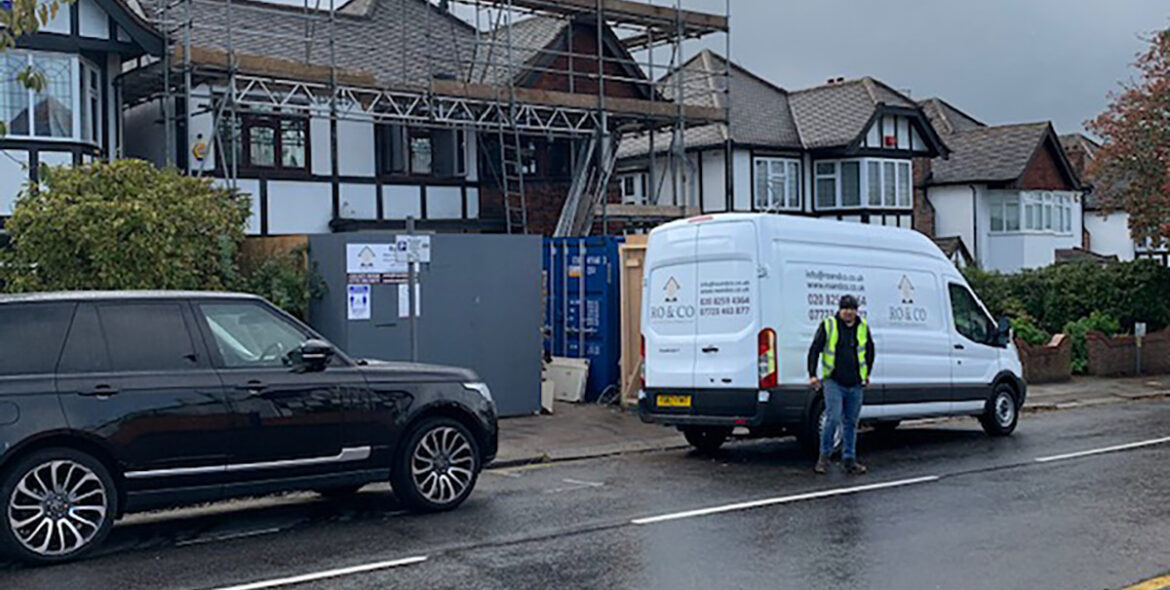They may not have the same popularity rating as rear house extensions these days, but loft conversions are still incredibly popular.
And it’s easy to see why. They are a great way of adding an extra room and living space to your home, without having to put up with the hassle and disruption of major structural work. Here are another three major benefits of a loft conversion over a rear extension:
Loft conversion v rear extension
Depending on how elaborate you want your loft conversion to be, nine times out of ten a loft conversion is far less expensive than a rear extension. And yes, it will still add thousands of pounds onto the value of your home when – and if – you come to sell and move on.
Another plus of having a loft conversion is that, unlike a rear extension, it doesn’t cost you any garden space. In fact, quite the opposite. For, unless you have storage up in your loft, it’s probably just a big chunk of wasted space that it’s time you put to use and got the benefit of. And, anyway, with gardens being at a premium in London right now, you want to hold on to as much greenery as you can.
Another benefit of a loft conversion over rear extension is that you don’t usually need planning permission, especially if you’re opting for a dormer loft conversion. If you’ve decided on the more elaborate Mansard then you’ll definitely need to seek your council’s approval. And that brings us on to our next point – what type of loft conversion will be best for your project.
Different types of loft conversions
Velux. This is when the actual size or shape of your loft doesn’t change, but you introduce light in the form of Velux windows. The floor will need to be reinforced and the windows fitted but apart from that, you’re good to go. Although it may be a good idea to get custom built storage cupboards for the eaves because of their unusual shape. Actually, there is one stipulation for this type of conversion and it’s that there is at least 2.1 metres of head height in the centre of the room.
Because it’s so basic, this is the least expensive form of loft conversion. And yet, it’s still effective in the sense that you’ve gained another usable room in your home.
Dormer. A type of loft extension where the windows project from the roof in a box shape. This opens up head room at the front of the loft, giving more space and a less awkwardly-shaped room to decorate. The dormer extension could also be extended to wrap around the side of the roof too, forming an L-shape.
This type of extension is usually allowed under ‘permitted development’ laws which means it can’t be too different from the rest of the house in terms of materials used and colour.
Mansard. The most complicated and detailed form of loft conversion, a Mansard means raising one wall and allowing the other to slope inwards gradually. They look particularly good on older traditional properties and provide both plenty of room and light. It’s also the most expensive form of loft conversion currently available.
Hip to gable. An inward slanted end roof is straightened, providing more floor space in the room. If combined with a rear dormer the amount of space gained can be really impressive.
This type of conversion works well for bungalows, in particular. Like the Dormer loft conversion, it usually falls under ‘permitted development’ regulations.
Get in touch!
If you’d like to hear how a loft conversion could work for your home then get in touch with us here at Ro and Co for a free consultation. Call on 0208 259 4364 or 07723463877. Or, email via [email protected].
